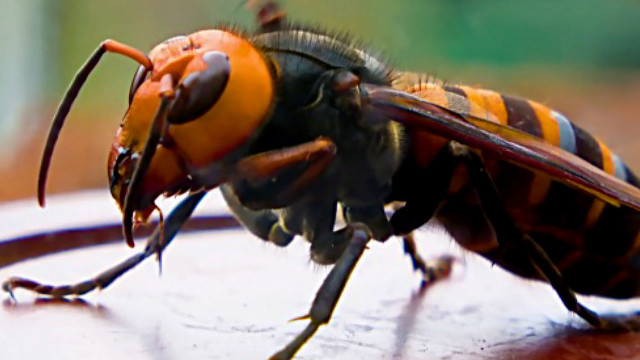A day and a life of a beekeeper.
by Mario Chapa
When I bought my first three Warre Hives, I used to sit in a log a few feet from the hive entrance and just bee watch. I would sit in that log for half an hour to one hour just watching bees coming in and out of the hive. Bee watching or my bee watch as I would call it (I would do this every day until the family understandingly complained). Then I would carefully walk to the side of the hive and peek into the observation window of my hives and come back to my log. There is hardly anything more interesting than bee watching. After a few minutes of my bee watch, I could get a good sense of which hives were healthy and which were not. By watching bees fly in and out of the hive, you are effectively acting as a hive sensor. You can learn to identify if the bees are rearing pollen; if they come in heavy with nectar; if they are hot or out of space or cold or about to swarm or if they are getting robbed. You can tell if they are running out of food because they kick the drones out. You can tell if they are happy or mad and if you have read enough about bees (guilty!) you can tell when they are excited about a big bounty by their famous waggle dance. The waggle dance will tell exactly how big this field is, how far is it, and in what direction. It is a bee language that we can understand! I have taken the information from the waggle dance (when done outside the hive) during my bee watch and followed directions to find my girls foraging in a nice patch of bloom in the middle of the forest.
Then I would go to my bee watching log. I have always been amazed by how intricate a beehive is. It is like a tiny city and an airport combined. Except than in a beehive during the pollination season, there are more than 200,000 takeoffs and landings a day. For comparison, according to the National Air Traffic Controllers Association, there are over 87,000 flights that crisscross the United States every day! There are more than double the landings and takeoffs in a busy hive in a day, than in all the airports of the USA. We still have a lot to learn about air traffic control from our bees. Having hive sensors will give you a deeper understanding of your bees that a simple bee watch will do. Hive sensors will also reduce the amount of time you have to spend doing your bee watch.

When due, I would then open the hive to do an inspection. Newbees are guilty of opening the hive too much! Doing your bee watch is an excellent alternative to opening the hive for no reason other than the joy of it. After a few weeks of having my hives, a series of rain events hit Houston (no surprise there!), so I wasn’t able to do my bee watch for a few days. When I went back, the catastrophe had struck. The hives looked normal from the outside, except one thing, no bees were flying in and out. I knew right away there was something wrong. I rushed to the hives, opened them, and found a scene from a WWII movie. All the bees were dead! Thousands of them, all inside the hive. What happened? I realized by looking at the watermark that I had committed a rookie mistake. I had solid bottom boards, and my hives were slightly tilted backward. The accumulated rainwater inside the hive eventually blocked the entrance. My bees either starved to death or suffocated. It was heartbreaking! If only I had a hive sensor that counted bees, I would’ve gotten an alert and saved my girls. This was a totally preventable death.
I googled, ebayed, and amazoned, …and there was no such hive sensor that could count bees and do the bee watch for me. I decided to tackle the problem by creating such a hive sensor. After three years of testing and developing and two more years of refining the technology, hiring more engineers, spending thousands of dollars, many many hours, and a couple of patents later, we have the ultimate bee watch hive senor — the HiveGenie.
Over the years, I’ve learned to rely more on my hive sensors, such as HiveGenie. I designed HiveGenie to do the bee watch for me. I realized that counting bees is an essential piece of information that no other hive sensor gathers. If forced to decide, I think the single most crucial hive sensor is the bee counter. Counting incoming and outgoing bees can tell you all you need to know. As a rule of thumb, when you do your next bee watch, count how many takeoffs and landings you count per second. A healthy hive will have as many as four landings per second during good weather. A weak hive will have only one landing every few seconds. Then open the hive and confirm this. HiveGenie has many other sensors, such as weight, temperature, relative humidity, and light intensity. We’re working on a GPS, and a CO2 detector as well as UV and infrared light intensity sensors. The combination of sensors is also essential, but bee counting is the ultimate bee watch.

To date, we have counted more than a quarter-billion bees in the past couple of years, and by the end of this year, we will probably have scored more than a billion. I doubt any human can do that on a bee watch. Hive sensors will take beekeeping to the next level, and by helping prevent avoidable deaths and increasing our knowledge and understanding of bees, I believe we can save the bees.
I still love to bee watch. Every morning when I leave my house and when I come back, I take a quick peek to watch my bees. But now, thanks to my HiveGenie, I can bee watch from my office!
Mario Chapa
BeeEO | HiveGenie

